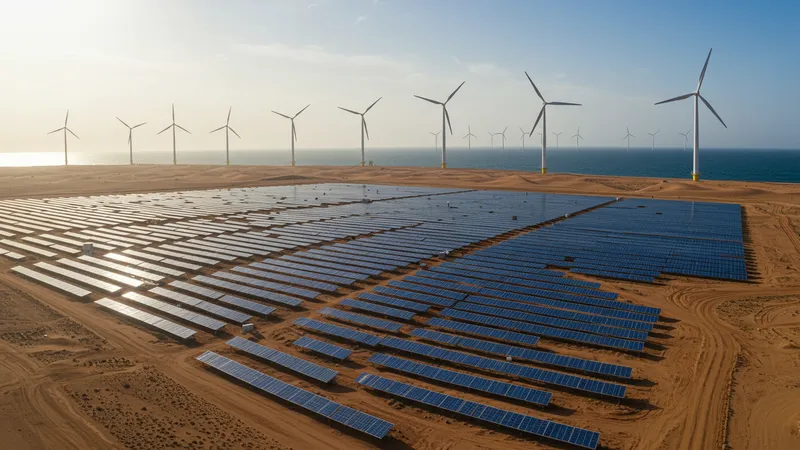
Renewable Energy Farms — Solar, Wind, Hydro & Biomass Solutions
Types and Performance of Leading Renewable Energy Farms
Solar, wind, hydroelectric, and biomass farms each bring unique strengths to the global energy landscape. Solar installations, exemplified by Tengger Desert Solar Park, are well-suited for regions with ample sunlight and minimal cloud cover. They offer modular scalability, allowing operators to expand capacity as technology improves or demand grows. Performance is generally highest in arid or semi-arid locations with stable weather patterns.

Wind farms, such as the Gansu Wind Farm, thrive in countries with vast open spaces and predictable wind profiles. Offshore wind farms are increasingly popular, tapping into stronger and more consistent ocean breezes. Their biggest advantage lies in nighttime generation, which complements solar by filling in overall grid supply during non-daylight hours. Performance metrics include capacity factor and turbine efficiency, which can be monitored in real-time thanks to digital controls.
Hydroelectric facilities, like the Robert-Bourassa Generating Station, capitalize on gravitational energy from water flow. They remain among the most stable and long-lived renewable options. In addition to producing base-load electricity, some hydro stations are optimized for rapid response, helping support grid stability during sudden demand shifts. Water management and environmental stewardship are central to their continued success.
Biomass power stations, such as the Drax Power Station, “close the loop” by converting waste from agriculture or forestry into electricity. When sourced sustainably, these systems can operate continuously, with the added benefit of supporting rural economies. Harvesting and transporting raw materials, controlling emissions, and certifying feedstocks for sustainability remain vital considerations for maximizing both performance and long-term viability. The interplay of various farm types can hold the key to energy grids that are both resilient and low-carbon.